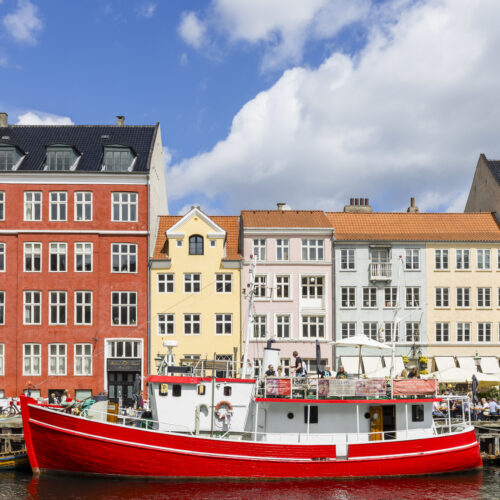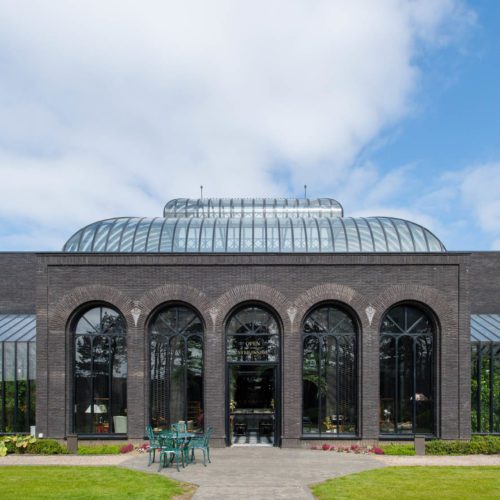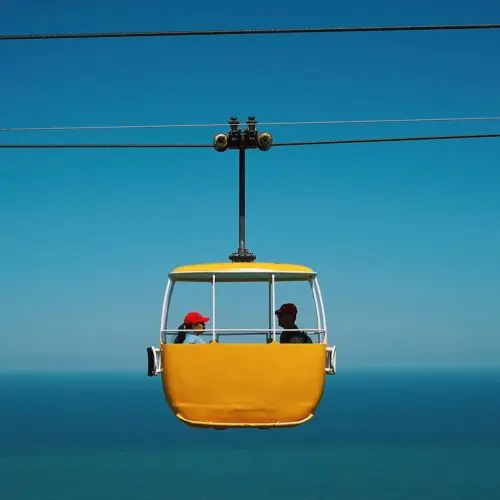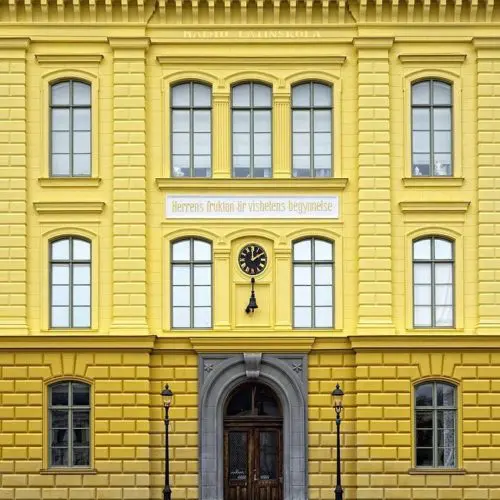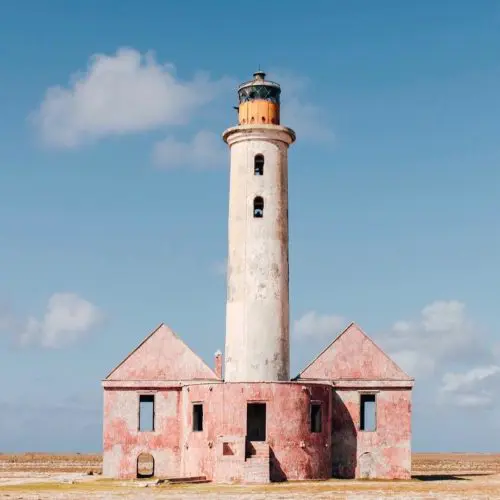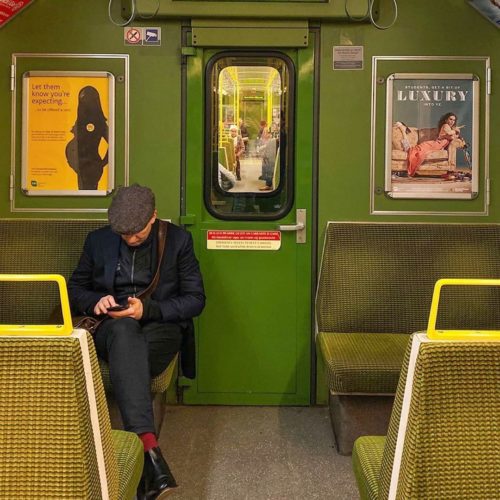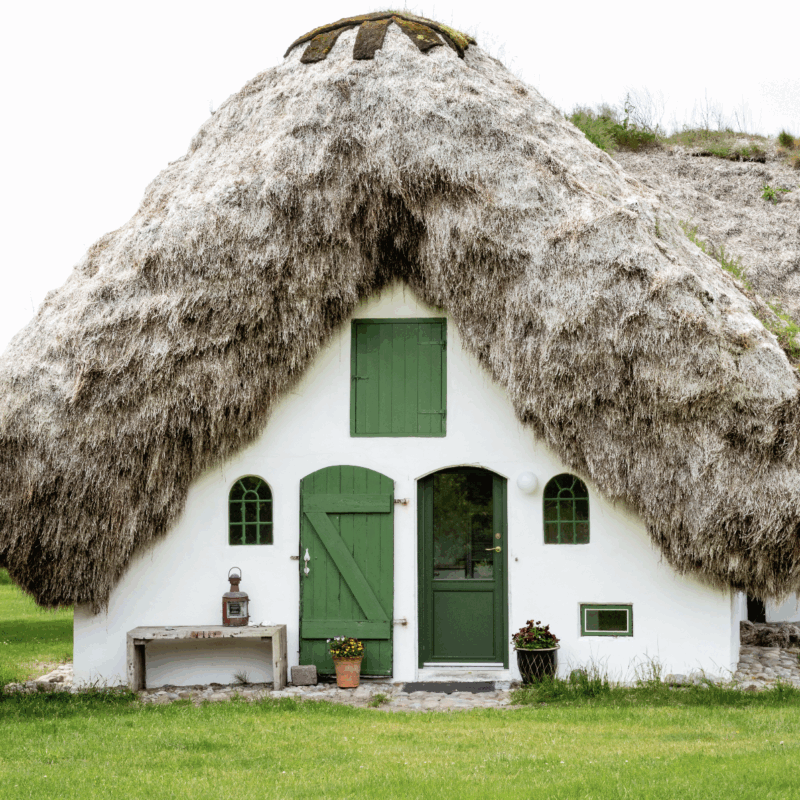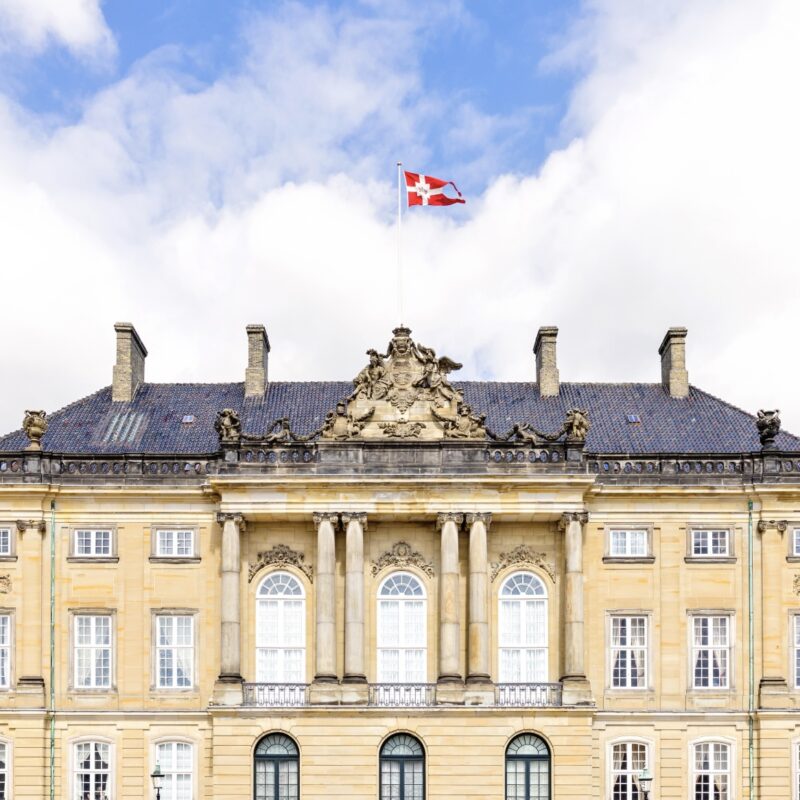Situated at the northernmost point of mainland Europe is the Danish town of Skagen, known for being the place where two seas meet (and perhaps wave hello to each other), where light transforms the landscape into something ethereal, and where 19th century artists gathered to capture its beauty.
Skagen is known for its “blue hour,” the dreamy dusk where sea and sky seem to blur together. Danish poet and painter Holger Drachmann once said, “Where two seas meet, the light can’t help but be the bluest in creation.” Therefore, it’s not surprising that the town was (and is!) attractive to artists and creatives. Artists from across Scandinavia, and eventually the world, would gather in Skagen and came to be known as the Skagen Painters.
The Skagen Painters were influenced by Realism, Naturalism, Impressionism as well as the French en plein air techniques. However, they broke from traditions and established their own style, shining a light on the atmosphere and community of Skagen. Their canvases captured both the harsh realities of coastal life and the beauty of Skagen’s seascapes and social gatherings, shining light on life in Skagen.
Today, the Skagen Museum has 1,800 pieces from the Skagen artists, preserving the impact of the area’s famous Skagen Painters. Art, though, still remains a vital piece of Skagen’s identity, over one hundred years later. Skagen’s museums, galleries, and festivals keep the painters’ legacy alive, making the town both vibrant and a destination for those drawn to art and light.
Skagen may have the blues, but its history and culture are anything but sad!

